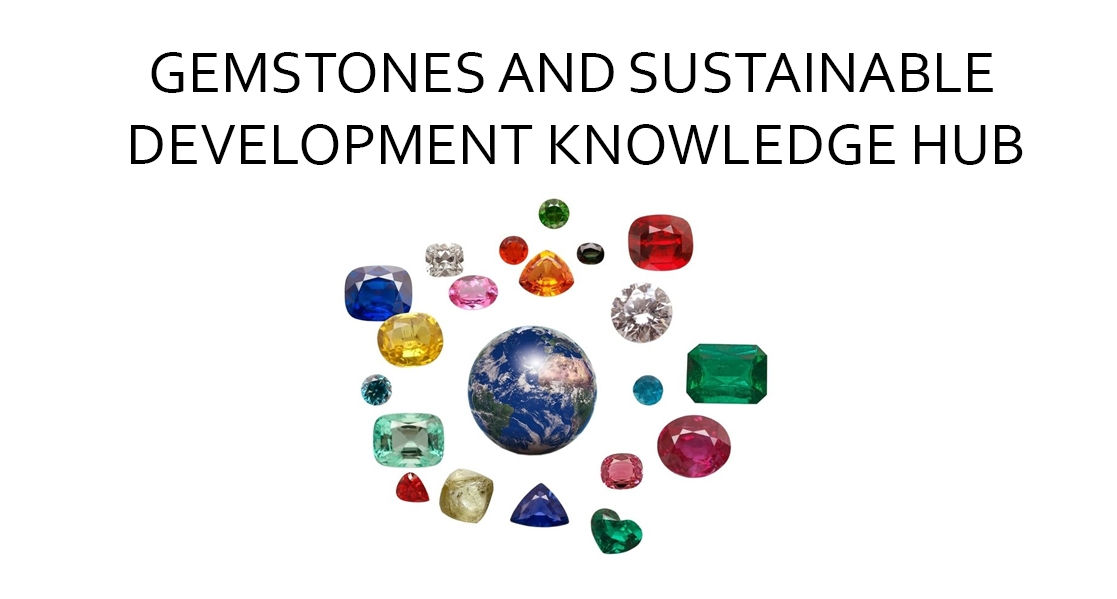Garnet
Garnets are some of the oldest gems used by man. The garnet mineral family is rich in different varieties as their chemical compositions can vary. The different gem garnet species are pyrope, almandine, spessartine, grossular (including tsavorite), uvarovite and andradite (with the variety demantoid garnet). In mineral chemistry terms, garnets make up two solid solution series: pyrope-almandine-spessartite and uvarovite-grossular-andradite.
Demantoid Garnet
Demantoid is the most famous variety of garnet due to its high dispersion. Demantoid occurs geologically in serpentinite and chlorite schist rocks, the most famous deposits in the Ural mountains in Russia. Other deposits are in N-Italy, Iran, Namibia and Madagascar.
Pyrope
Pyropes are found in ultrabasic rocks and their derivates (peridotite, kimberlite, serpentinite) and are red in color. Important mines include Bohemia (historic), South Africa, Madagascar, Tanzania, India.
Rhodolite
Rhodolite garnet is a purplish red variety that is between pyrope and almandine in composition. Mined in India, Sri Lanka, Tanzania, USA, Madagascar and Zambia.
Almandine
lmandine garnet is found in gneisses, mica schists, rarely in pegmatites. Garnets with high almandine content are often too dark and of no use as gemstones. Major deposits for gem material are in India, Sri Lanka and Madagascar.
Spessartine
Spessartine (also called spessartite) garnets are orange in color and found mostly in pegmatites, mica schist or skarns. Mines are located in Burma, Madagascar, Tanzania, Namibia and Nigeria.
Tsavorite
Grossular forms under regional metamorphosis or contact metamorphosis of impure carbonate rocks or by metasomatosis. Grossulars occur in many colors, the most well known being green tsavorite (also called tsavolite) from Kenya and Tanzania.

